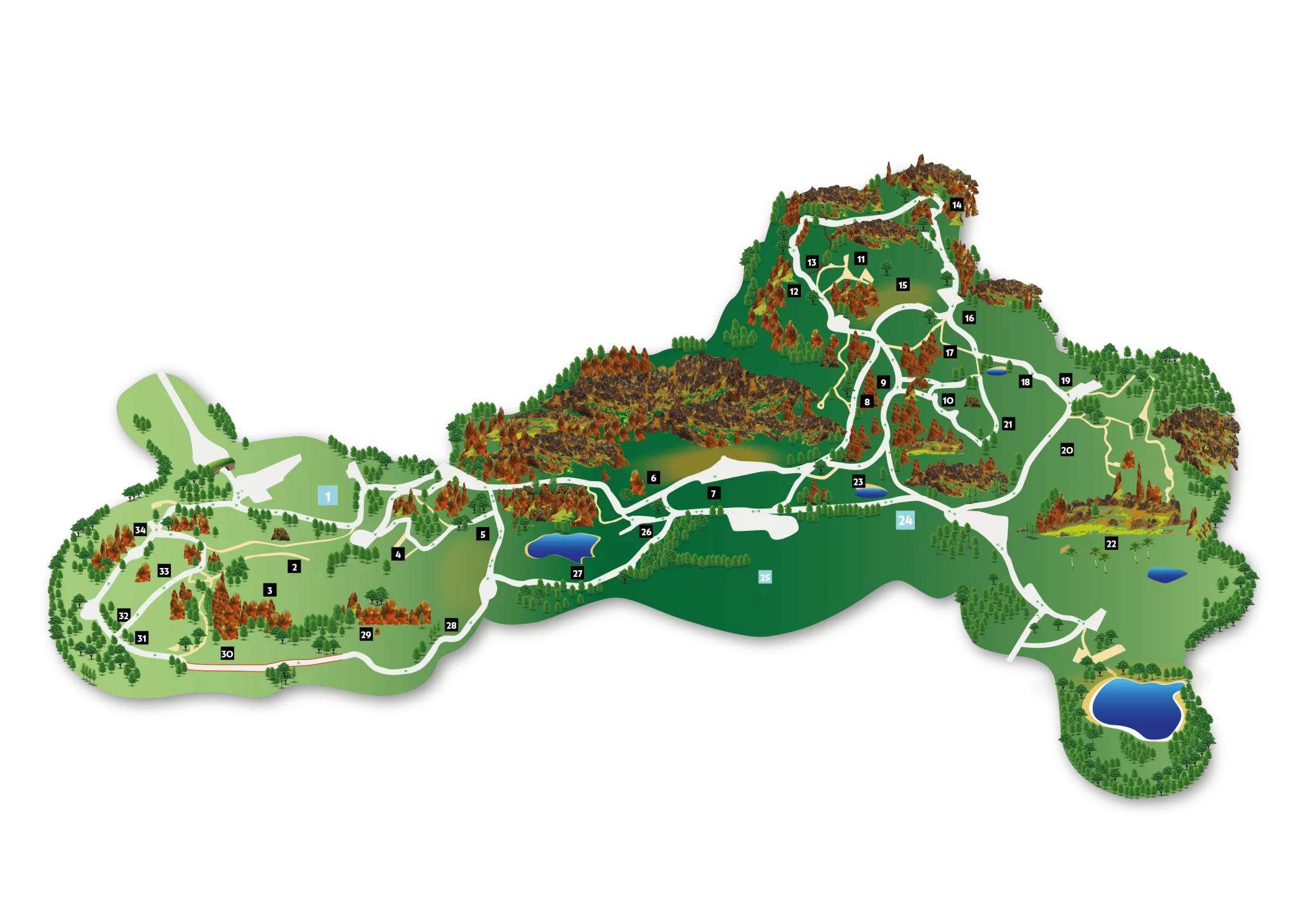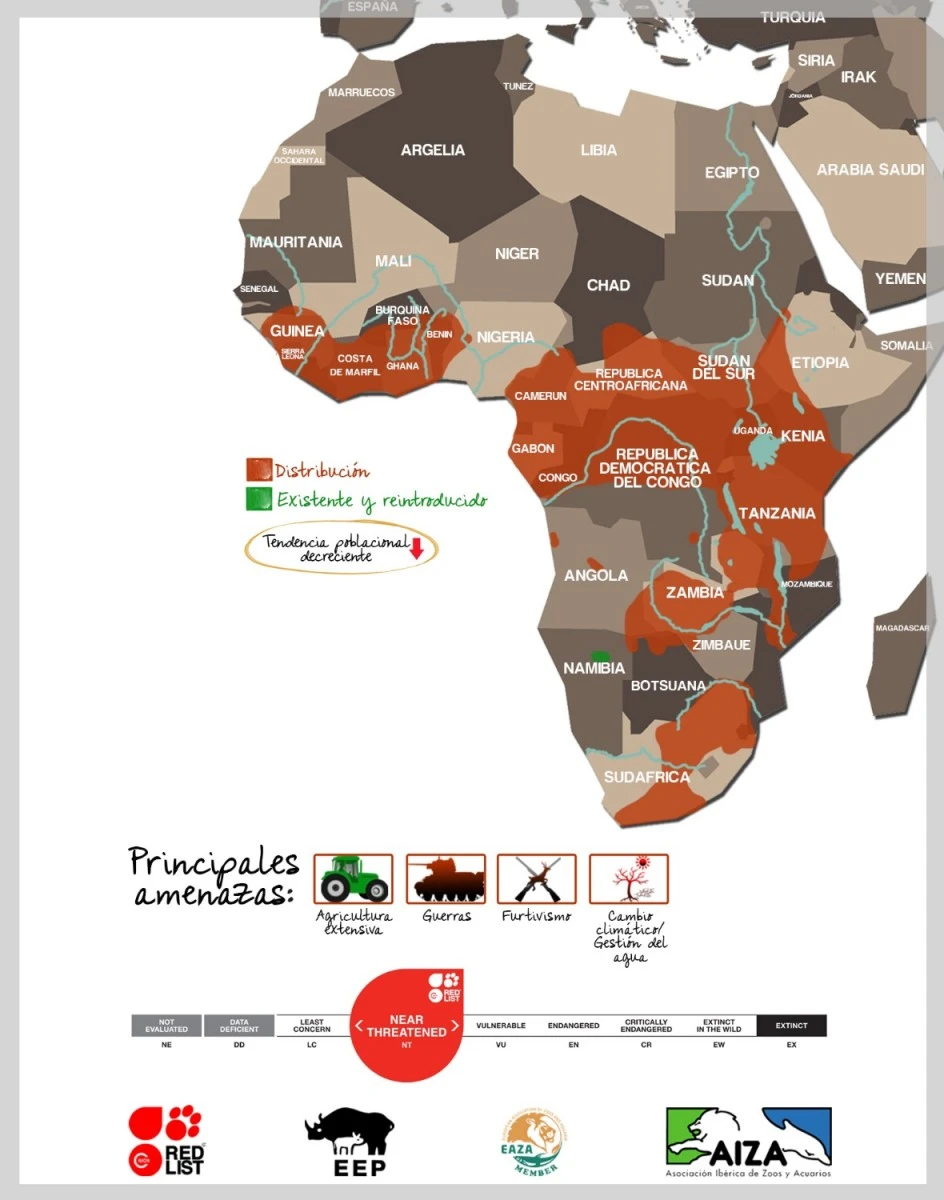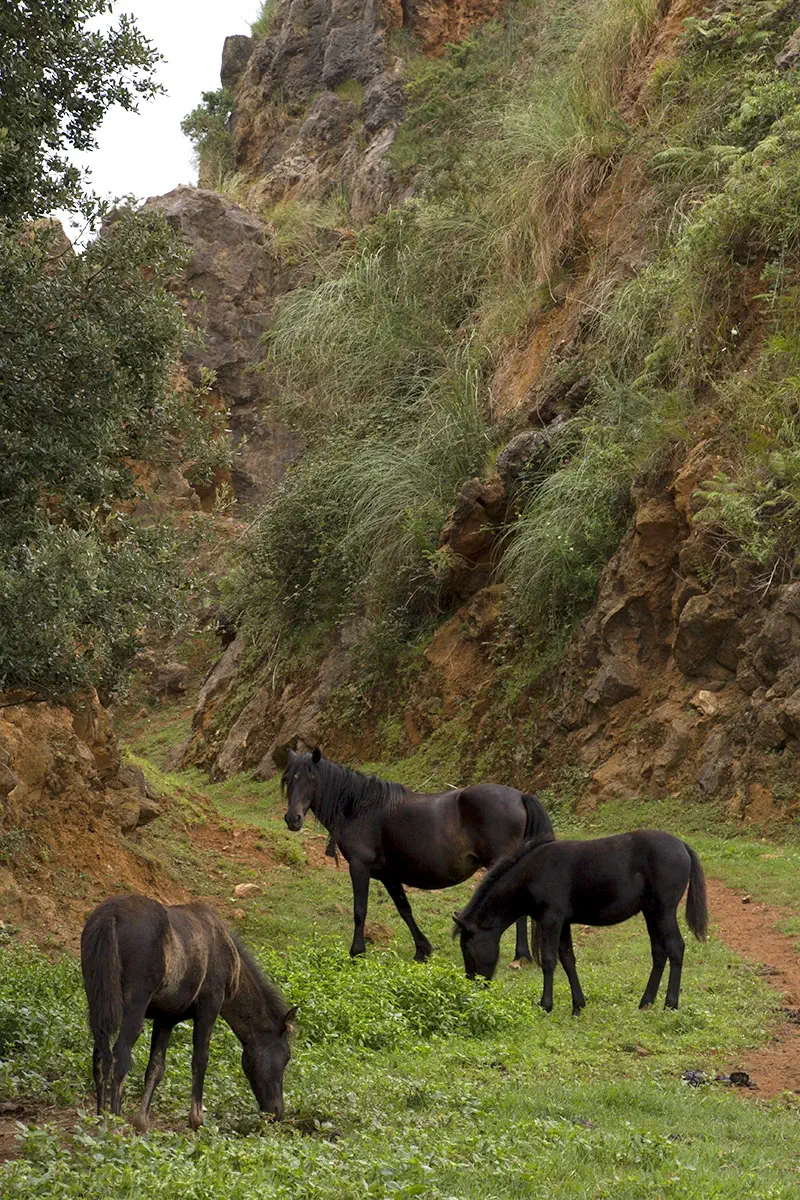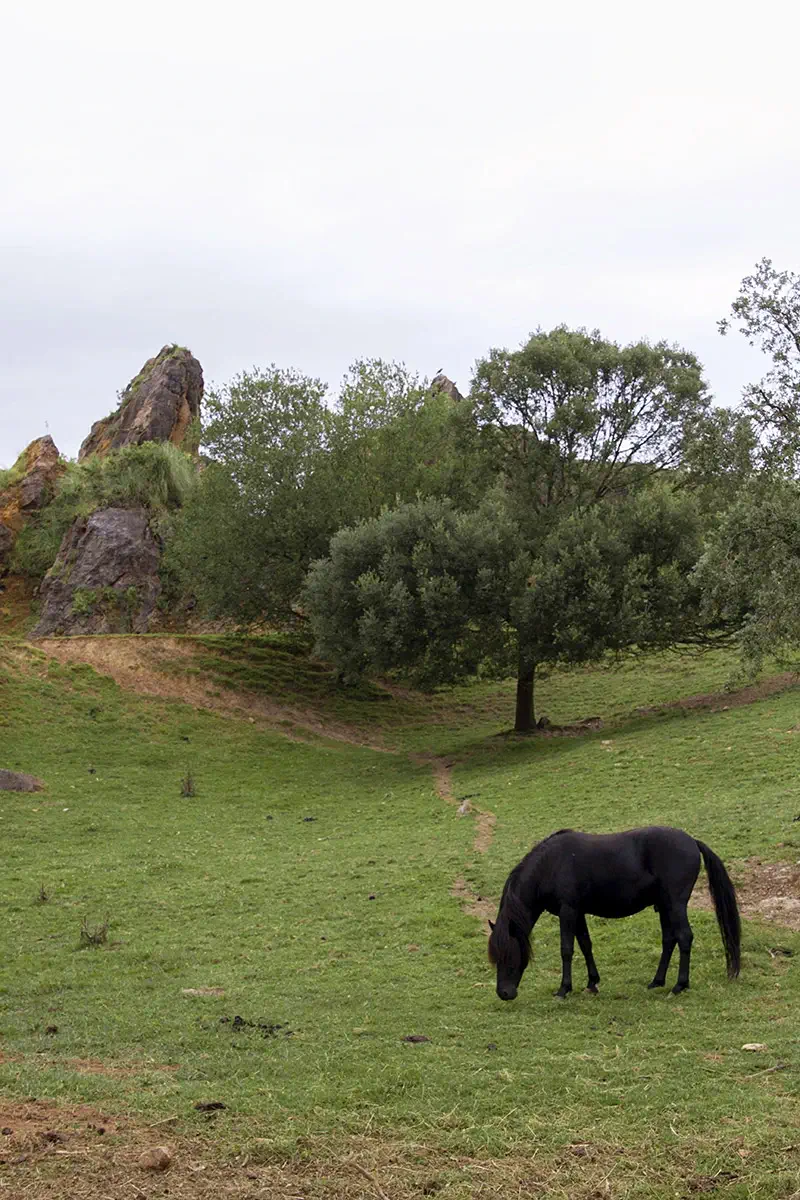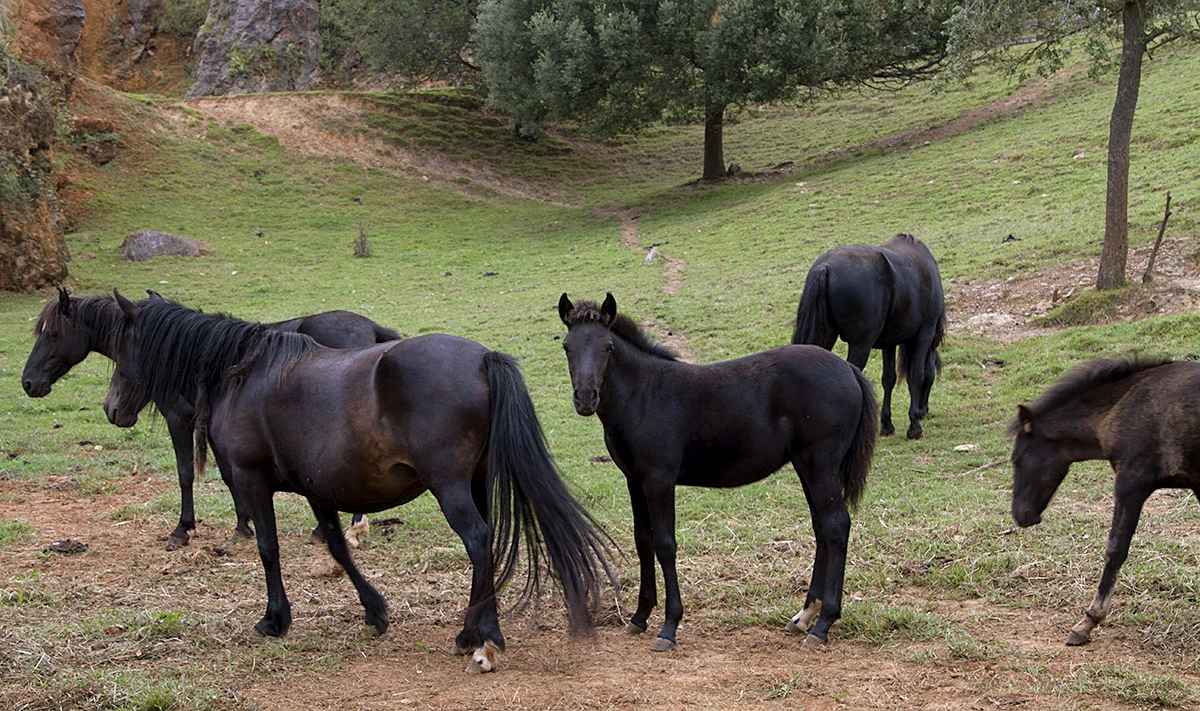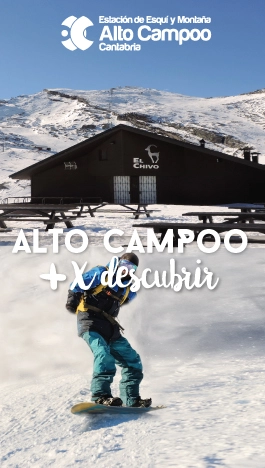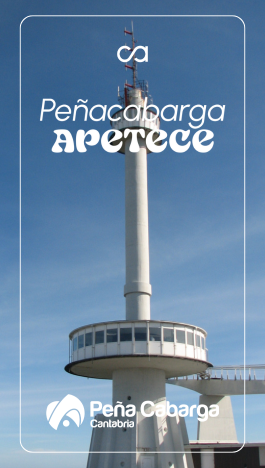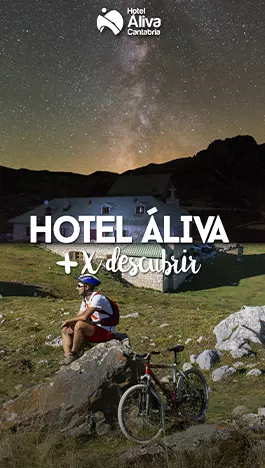
Originating from the mountains of Cantabria, it is an animal that reflects the wild and resilient nature of the region. Descendant of the tarpan (Equus ferus), it retains in its essence the characteristics of primitive equines. Its history dates back to the ancient Celtic ponies, brought by the English to the north of the Iberian Peninsula to work in the mines.
This rustic breed, raised in semi-wild conditions, has managed to survive and thrive in a mountainous and difficult environment. Its name comes from the local word that refers to its ability to move through the mountains of the region. Its robustness is key in mountain work tasks, where its ability to withstand extreme conditions makes it indispensable.
This horse is known for its untamed character and its skittish temperament. Despite this, it is a social animal that establishes strong bonds with other members of its group, such as through mutual grooming, an interaction that allows them to foster not only group cohesion, but also the emotional and social stability of each individual within the herd.
Since 1996, a recovery project for this breed has been carried out in the Guriezo valley, and in the year 2000, a genealogical studbook was established to preserve the breed and ensure its future.
In Cabárceno, they have a large enclosure alongside two other native species, the Monchina cows and the Tudanca cows.

